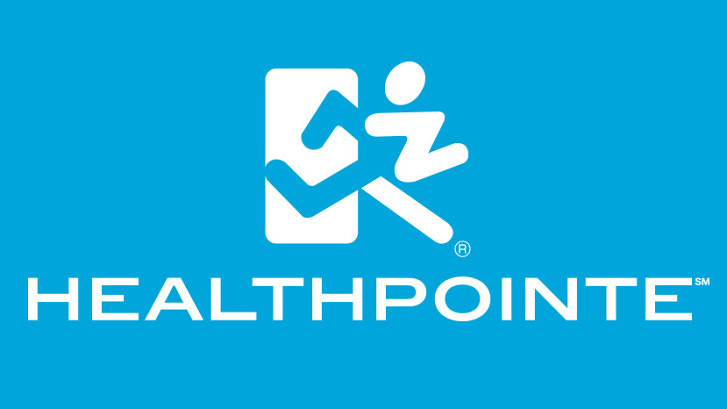Degenerative Disc Disease: Know the Facts
Many patients who have been diagnosed with degenerative disc disease (cervical and lumbar) worry unnecessarily. Such worries are born by confusion over the term “degenerative disc disease” because it sounds like a life-threatening progressive condition. Fortunately, degenerative disc disease is not a life threatening condition and it can be attended to.
The term “degenerative” pertains to the degeneration of the disc itself, not to the progression of symptoms from bad to worse. In most cases, the symptoms become better over time with the appropriate medication, physical therapy, and home case measures including lifestyle changes.
Furthermore, the term “disease” is misleading because degenerative disc disease (cervical and lumbar) is not actually a disease per se. In actuality, it is a degenerative condition which originates from the damaged disc and causes neck or lower back pain as its main symptom.
The bottom line: Disc degeneration is a common condition and most of those who develop symptoms have several treatment options to choose from.
What Are the Causes?
The true causes of degenerative disc disease in the cervical and lumbar vertebrae are multi-factorial, which means that there are several factors leading to its development. Physical trauma from collisions in vehicular accidents, contact sports, and accidental falls, while rarely the root cause, can aggravate the low-energy injuries sustained by the discs from daily wear and tear. In time, these small injuries add up until the symptoms of degenerative disc disease (cervical and lumbar) are experienced.
Keep in mind that the spinal discs unlike muscles, tissues and organs, do not have a blood supply. As such, these gel-like substances cannot repair themselves therefore even an otherwise insignificant injury will most likely begin the so-called disc degenerative cascade.
Most cases of degenerative disc disease in the neck and lower back stem from two causes:
- Inflammation. This is when the proteins in the disc start to irritate the surrounding nerves.
- Abnormal micro-motion instability. This is when the annulus fibrous, the disc’s outer rings, deteriorates.
When the two combine, the result is a constant feeling of pain in the lower back.
Symptoms to Look Out For
The severity, frequency, and duration of the pain vary depending on the location of the damaged disc, the type of damage, and the individual’s pain tolerance, among other factors. Most affected individuals report the following symptoms:
- Increased levels of pain in the lower back when sitting; this is because the load on the lumbosacral discs is three times when sitting down as when standing up. This is also true when lifting, bending, and twisting.
- Decreased levels of pain when walking and/or running as well as little pain when lying down with a protective cushion on the back. Changing positions frequently delivers relief from the pain of degenerative disc disease (cervical and lumbar).
Treatment Options
The main goals of treatment are three-fold, namely:
- Managing the pain so that the appropriate physical therapy/rehabilitation program can be adopted.
- Preventing the application of excess stress on the spinal discs via proper posture and the adoption of ergonomic habits.
- Managing the pain for the maintenance of normal functioning at work and at home.
In this regard, medication, physical therapy, and home care are strongly advised for the treatment of degenerative disc disease (cervical and lumbar).
Call Healthpointe 888-719-8448 to get more information on our pain management and ask about our other services. Walk ins are welcomed, so stop by any of our locations, such as our La Mirada office by Whittier, La Habra, Norwalk, Cerritos, Buena Park, and Santa Fe Springs.
About Healthpointe:
Healthpointe is a leading multidisciplinary healthcare organization offering a full range of medical services in practice locations throughout Southern California (Los Angeles county, Orange county, San Bernardino county and Riverside county). Healthpointe has locations situated in over 10 cities in Southern California including La Mirada, which is conveniently located near Whittier, La Habra, Norwalk, Cerritos, Buena Park and Santa Fe Springs. As a highly regarded musculoskeletal group, we have a personal investment in the highest level of service, and we are proud of our record of excellence over the last four decades with private patients, injured workers, urgent care, personal injuries, and professional and non-professional athletes. Leading our organization is a dynamic team of healthcare professionals who continually strive to be at the forefront of medical innovation and healthcare service delivery. For more information, a complete list of services, and Healthpointe locations, visit healthpointe.net

